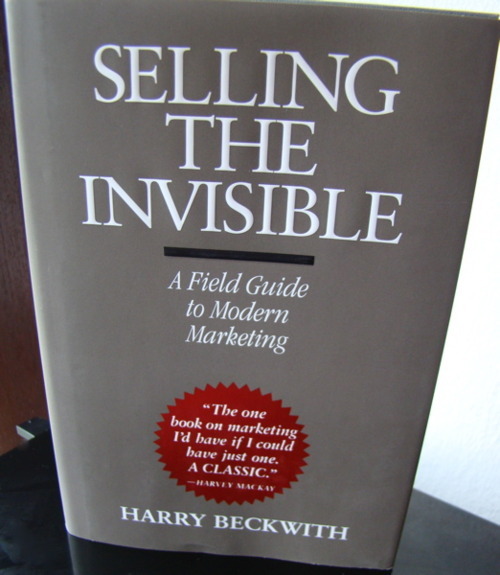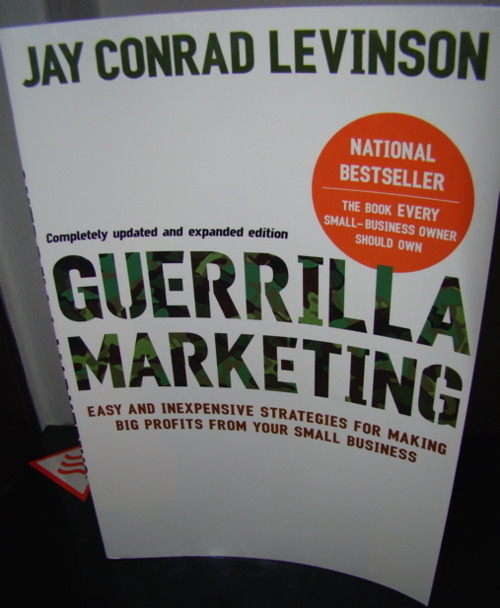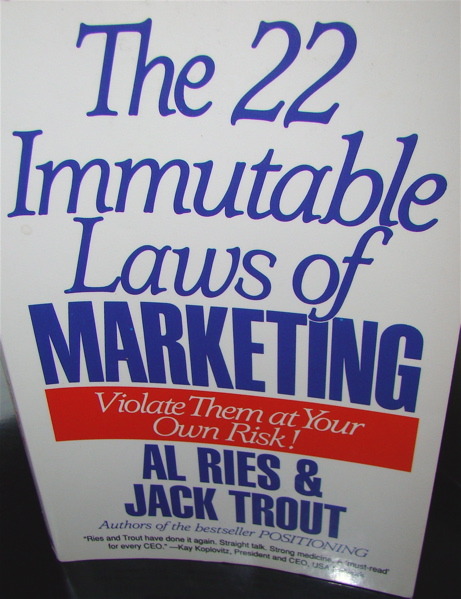
What is it about?
How to market a service business? Harry Beckwith tries to show how. He introduces you into the whole bandwidth of marketing from advertising to sales.
Key points?
Have a good product/service: If you product/service sucks it is hard to market it. First of all, you should focus on your offering and make it good.
Focus on one characteristic: And again, the good old positioning. Try to stand for one thing. Don’t be the cheapest, best, most regional and whatever it be. Be cheap. Be regional. Be fast.
Decrease risk: Often customer won’t buy the best solution. They will rather go with the least risky, one which has the fewest flaws. If you can offer a trial, offer one. If you in consulting, close a contract for a small piece of work and play the salami tactics.
Make your efforts visible: A lot of stuff happens behind closed doors and your customer and prospects will never hear of them. You have to communicate them actively. If your company got a great customer, make it public. If you have increased the profitability of your customers by 25%, make it public. Beware, not everything is interesting for anybody. You shouldn’t just brag, show how you can improve the business/life of your prospects.
Thank your customer: Often you buy something and you will never hear of that company again. You already know that acquiring new customers is much harder than selling to your existing ones. Send them thank you notes. Send them Christmas’ cards. Build a steady stream of information, they will remember you and they will feel good.
Conclusion
This is definitely a primer on marketing. Selling the Invisible covers so much different topics that it allows you to build a good basic understanding for marketing your service. Great book!


